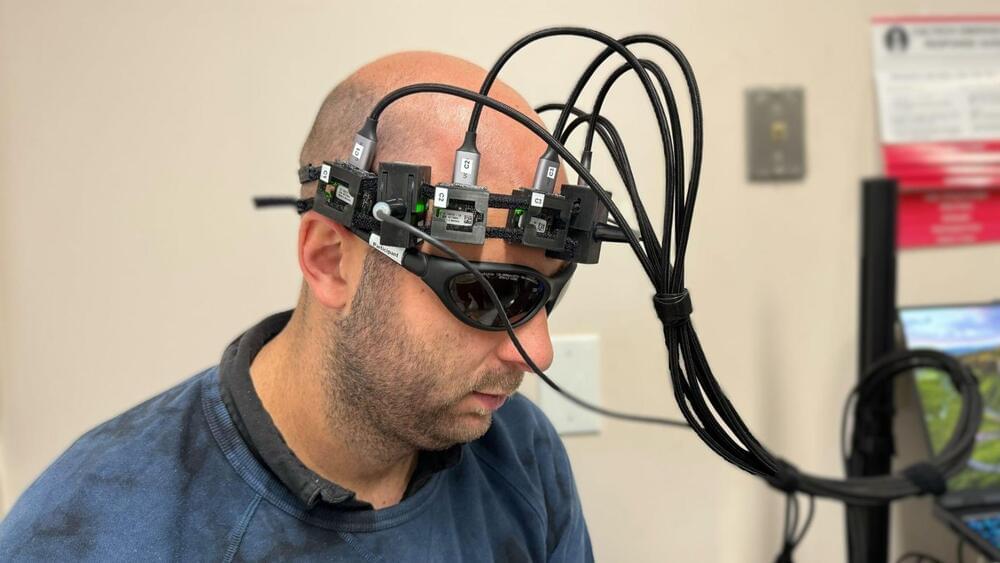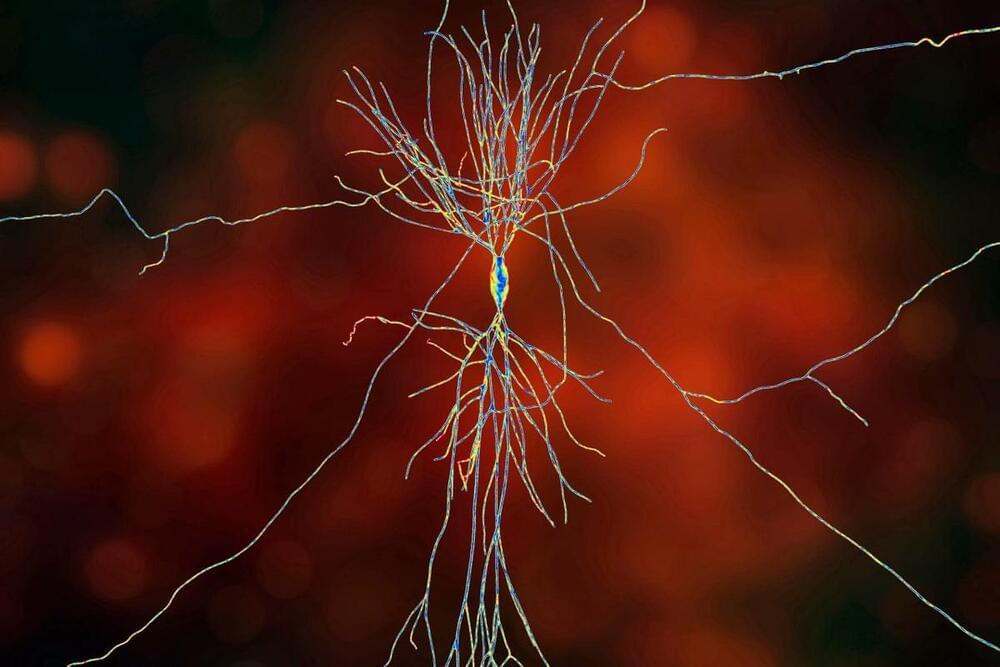A powerful new analytical tool offers a closer look at how tumor cells “shape-shift” to become more aggressive and untreatable, as shown in a study from researchers at Weill Cornell Medicine and the New York Genome Center.
A tumor cell shape-shifts by changing its cell type or state, thus altering its basic pattern of activity and perhaps even its appearance. This changeability or “plasticity” is a characteristic of cancer that leads to diverse tumor-cell populations and ultimately the emergence of cell types enabling treatment resistance and metastatic spread.
The new tool, described Sept. 24 in a paper in Nature Genetics, can be used to quantify this plasticity in samples of tumor cells. The researchers demonstrated it with analyses of tumor samples from animal models and human patients, identifying, for example, a key transitional cell state in glioblastoma, the most common form of brain cancer.








